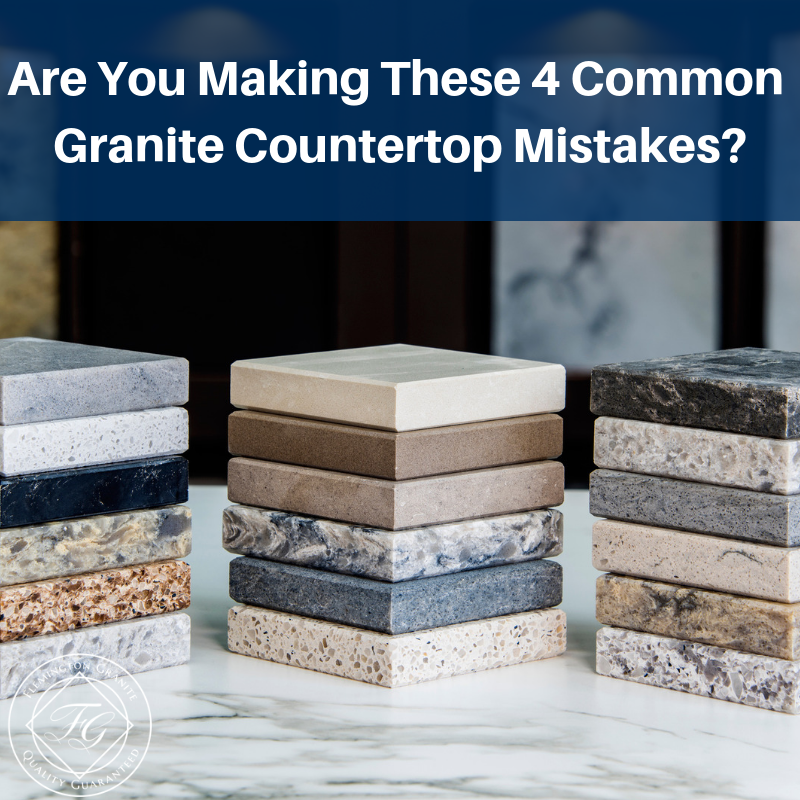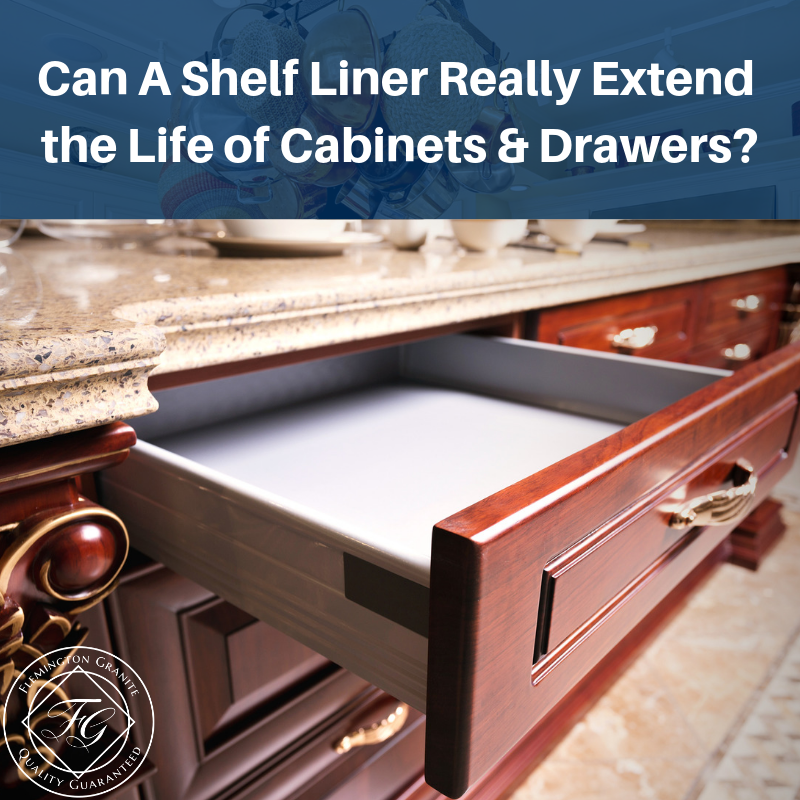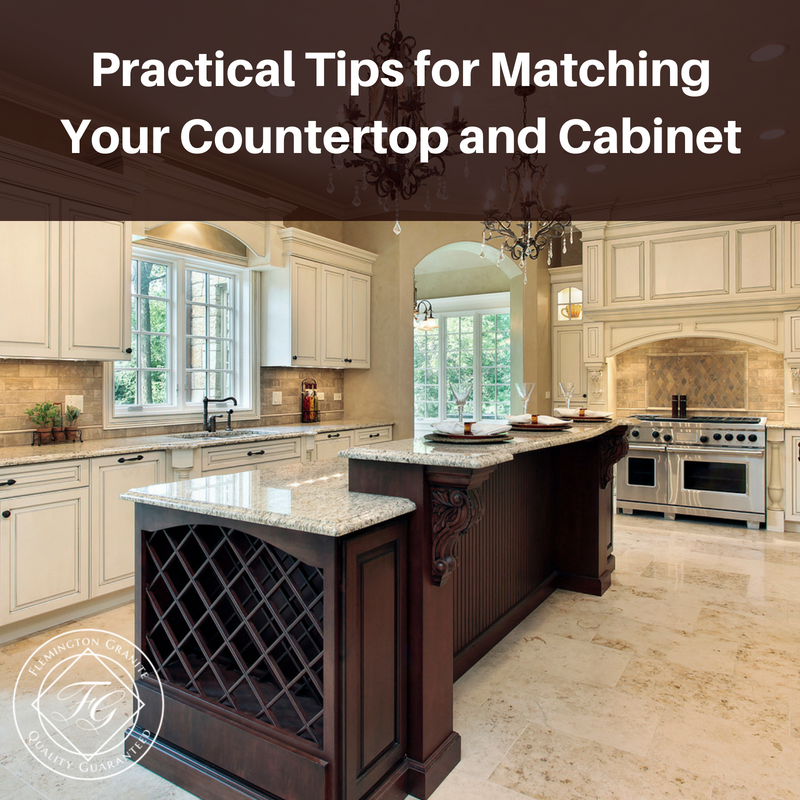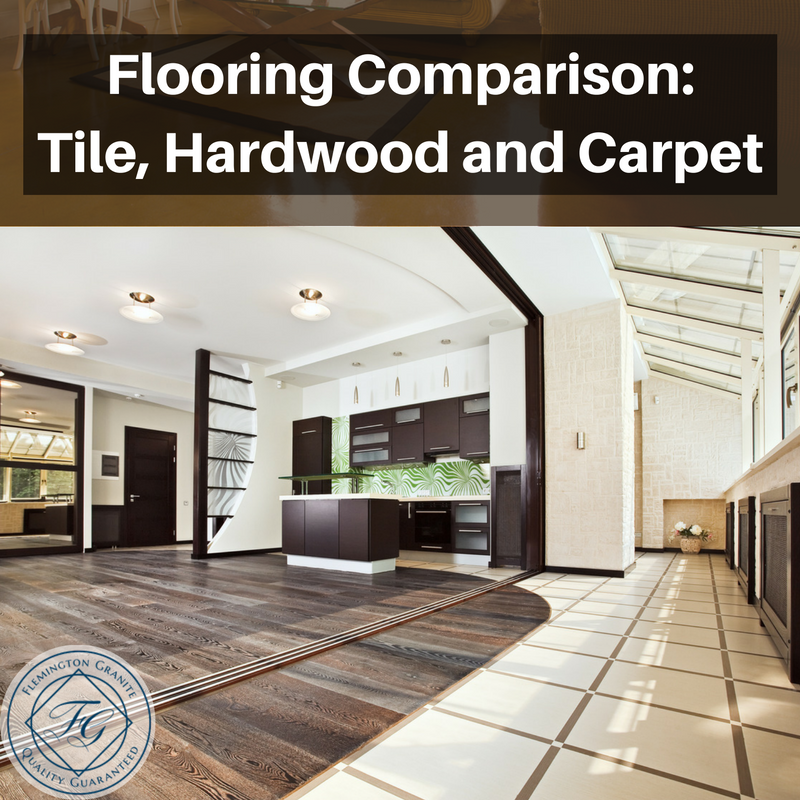Granite is a lovely stone. It can produce such beautiful grains and patterns, it’s durable, easy to keep clean. It’s one of the more affordable natural stone finishes as well, which means that while it’s not exactly cheap, it’s a frugal choice to finish a bathroom or kitchen with this material due to its staying power.
When most people imagine granite, they picture a grainy, smooth reddish or brownish stone – some of the more common varieties. However, there are actually many types of granite, colors of granite and styles of edge finishing for this stone. Granite is a whole world of variety and intricacy that is usually only known to contractors, stone experts and, oddly enough, archaeologists.
If you’re interested in granite countertops for your kitchen or bathroom, first of all, congratulations on choosing an excellent stone that’s an even balance of easy maintenance, beauty and affordability. Second of all, why not take a moment to learn about the various types, colors and finishing styles of this stone before even shopping? Enjoy surprising your contractor and stone worker with your extensive knowledge of this material. Save yourself time by being informed, and knowing which type you want right out of the gate.
First, let’s look at the types of granite and granite colors.
White Granite
White granite provide a more brightly-lit and clean/fresh vibe for your kitchen or bathroom, and being such a neutral color, can honestly work for most color schemes easily enough. It tends to have a milky tone, with the darker grains having a higher contrast as a result.
This has a mild disadvantage of being harder to clean due to the grains camouflaging things, but that can also hide a multitude of sins!
Moon White Granite
Moon white granite is one of the more common white granites, and is the pattern most imitated by synthetics. It has a peppered grain of whites, blacks and grays, which is easy to maintain, matches most tastes and can last eons.
Bianco Antico
Bianco antico has softer grain s of whites and gray or rusty hues, creating an etched or blotched appearance that’s more closely associated with antiquity. It can add a classic, fancier vibe to a kitchen or bathroom, and has a warmer vibe to it. It’s quite stunning and only seeing it in person can justify the description.
River White Granite
River white granite can only be described as gentle and flowing, with long streaks of gray on white, with flecks of usually reddish grain. It provides an organic, mellow atmosphere that’s easy to clean and blends with most motifs with ease.
Black Granite
Black granite convey a “modern” chic or clean look, and also match most motifs due to being a neutral color. Black granites reduce light for softer, more earthy vibes in your kitchen or bathroom. Black granite seems to come and go as far as popularity, being very big in the 80s and now making a large comeback.
Black Galaxy Granite
Like moon white, black galaxy is the most-imitated black granite pattern. This simple, tasteful stone is jet black with speckles of creams and whites, producing a professional, clean appearance that’s easy to clean and is unassuming and understated but quite stunning nonetheless.
This one tells a story as you scrutinize it. At first glance, it seems to have almost no graining to it at all, despite feeling welcoming and attractive. Upon a moment of study, the faint lighter grays reveal themselves in stages, adding an increasing intricacy to the countertop that can actually be almost hypnotic.
Amusing name aside, uba tuba is the best of both worlds as black granite goes. Initially, it just feels like black galaxy, but as you study it, lesser swaths of darker grains reveal themselves, allowing for an initially stunning but continually surprising appearance.
Gold and Brown Granite
These are what most people actually think of when they picture granite in their mind’s eye. While many of these tend to honestly seem redder than brown or gold, they’re quite beautiful. The downside is, being less neutral, they’re less diverse as far as motifs are concerned.
This is probably the granite most people think of, with its bubbly brownish red and black grains which are classic and appealing. You can stare at these forever, finding interesting new shapes and recognizable images not unlike watching complex clouds on a sunny day.
New Venetian Gold Granite
A lighter, streakier mix of browns, blacks and reddish cream colors, this is ideal for lighter kitchen or bathroom motifs. It’s also classic, with its warm and fresh appearance, and can extend the natural levels of sunlight organically.
Tan Brown Granite
Like Baltic, this has a somewhat bubbly, deep grain of dark reddish brown and black, excellent for rustic country kitchens or to accent ambient, earth-toned environments.
Gray Granite
These are sometimes mistaken for quartzite or marble due to their mix of black and gray. These are classic, often imitated and really fit with any environment, providing an elegance and neutrality other stones don’t.
New Caledonia Granite
This is very commonly imitated in synthetics, with its salt and pepper appearance of off white, gray and black speckling. If you want a contrasting, yet understated, lighter appearance, this is a good granite to go with.
This one is best described as a black and white image of nebulae or other space phenomena. Black with blotches of high-contrast gray and off-white, this one adds excellent contrast to lighter kitchens, or to compliment more softly-lit, ambient environments. It’s become a bit cliché, but is also regaining popularity.
Granite Edges
Now that you’re familiar with the more common types and colors out there, it’s time to decide what kind of edge you want. There are a few to look into:
- Waterfall – Waterfall edges continue the material down the sides of the counters. This best suits islands or countertops that don’t end at walls. It’s pricier, due to the amount of material used.
- Eased – This is the classic rounded edge that produces a soft, organic feel.
- Straight – This is the traditional right-angle edging that’s honestly the easiest to produce and is therefore the most affordable. It’s common, but attractive.
- Beveled – Beveled produces a modern appearance, using 45-degree angles rather than an eased curve or a straight edge. It’s not that popular as of now, but makes an attractive statement.
- Ogee – This is a complex, harder-to-clean approach, with an eased groove at the base. It adds texture and personality, and can be quite nice, if you don’t mind cleaning it.
- Bullnose – This produces a thinner appearance by shortening and rounding the edges. It’s honestly a difficult style to describe, but it does produce a distinct look that’s modern and sleek.
A final Note
You’ll find that there are also grades of granite, and some stones labeled as granite might actually be quartzite or a blend. There are distinct differences in these, that make for a whole thesis on their own.
To learn about these and more facts about residential stone work, fill out our contact form below and let us educate you in this fascinating material!




















